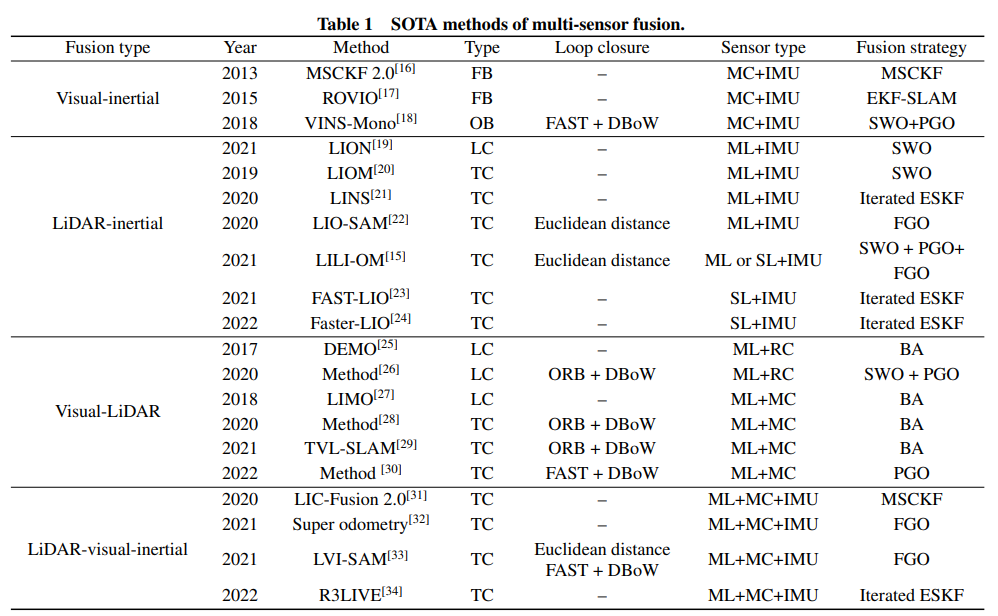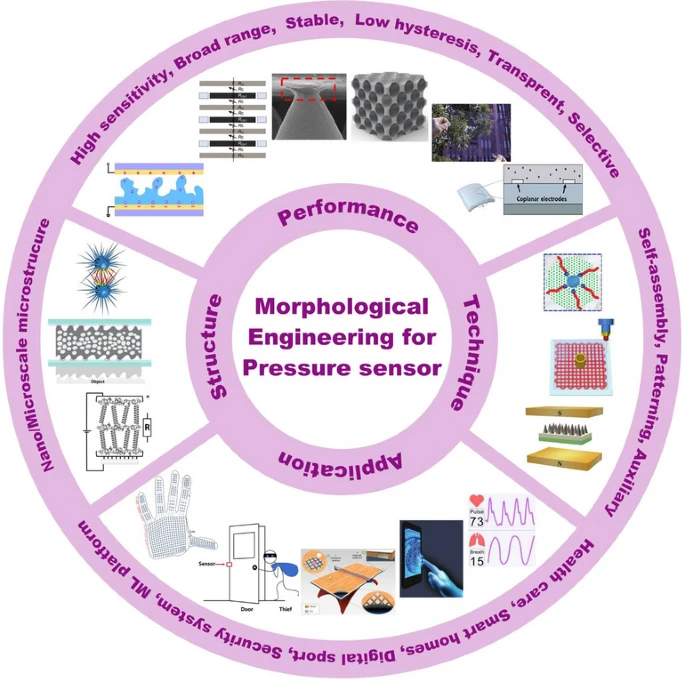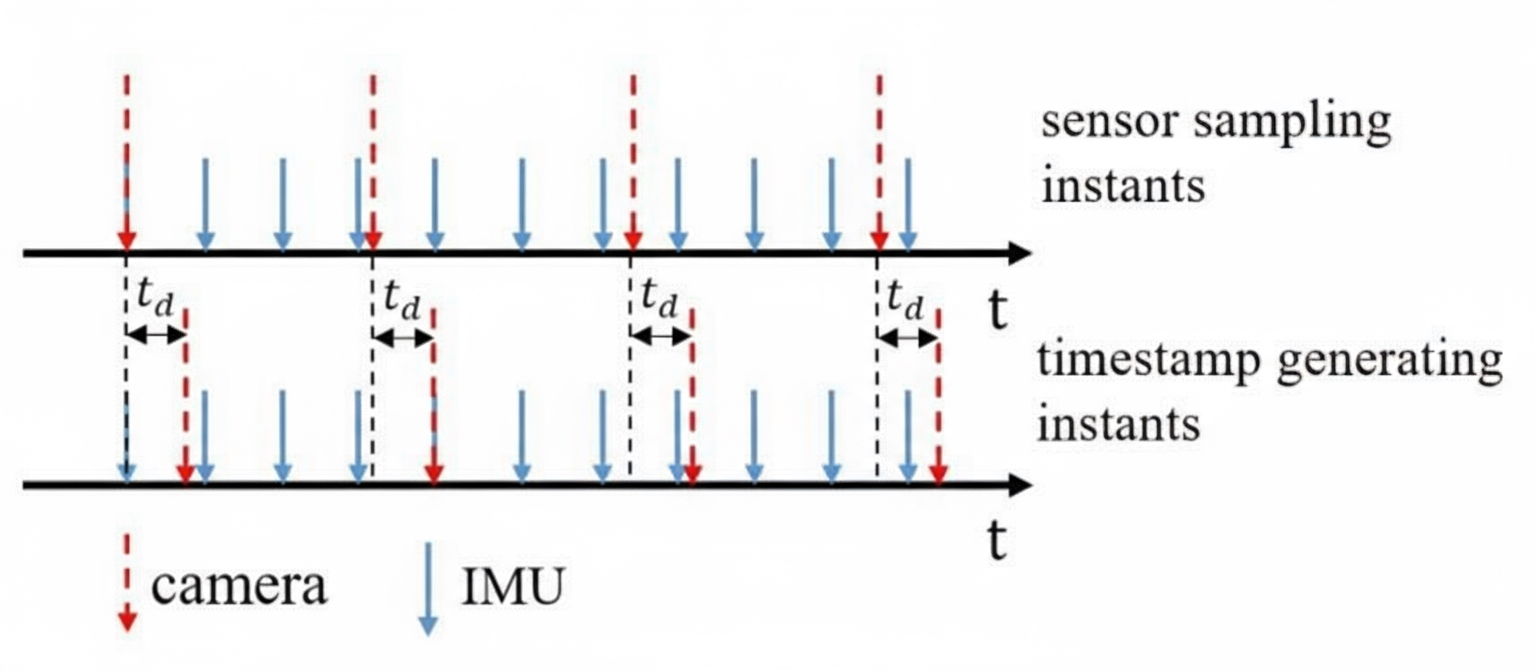Overview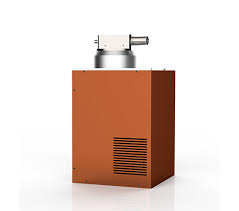
Researchers at Chuo University in Japan have developed a method that uses a multifunctional photoelectric sensor to reconstruct hidden internal structures of certain objects. By enhancing optical imaging capabilities to detect concealed defects in industrial materials, the team demonstrated that wavelength-specific optical sensing data can be used to reconstruct internal material states, providing an approach for improved non-destructive testing and material quality assurance.
Published Work
The work was published in Advanced Optical Materials under the title "Simple Non-Destructive and 3D Multi-Layer Visual Hull Reconstruction with an Ultrabroad Carbon Nanotubes Photo-Imager."
Concept and Imaging Approach
The concept includes ultrabroadband visual hull reconstruction and a process for extracting wavelength-specific features of 3D multilayer objects. In practice, the system first acquires 2D contour images from multiple viewpoints, then uses spatial overlap to carve out simple structural reconstructions. The computational workflow begins with wavelength-specific 2D images obtained by the ultrabroad millimeter-wave to infrared (MMW-IR) sensor, overlays those wavelength-specific models, and produces a 3D composite multilayer non-destructive reconstruction.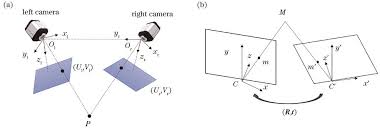
Sensor Technology
The study builds on prior work using carbon nanotube (CNT) thin films as sensitive, uncooled millimeter-wave to infrared sensors. The CNT thin-film sensor exploits the photothermoelectric (PTE) effect, which couples light absorption, temperature rise, and thermoelectric conversion to produce photodetection across a wide MMW-IR band.
Integration with Computer Vision
The research team combined multifunctional CNT thin-film sensors with computer vision algorithms across ultrabroad and multiwavelength bands. Computer vision techniques were applied to the MMW-IR data captured by the sensors to reconstruct hidden features within target objects. While multiple CNT thin-film imagers can provide full-angle views without blind spots, wideband MMW-IR monitoring alone was insufficient to fully reconstruct the internal structure of optically opaque, multilayer 3D objects; information on the size and position of internal components could be missing. The combined sensor and computer vision approach addresses these gaps by exploiting wavelength-specific contrasts.
Experimental Results
In experiments, the combination of 3D computer vision and MMW-IR sensing enabled reconstruction of 3D models for objects composed of glass, semiconductor materials, plastics, and metals, which are common constituents of industrial components. The researchers noted that terahertz-to-infrared measurements and related silhouette reconstructions recovered mid and inner layers through opaque outer walls, while higher-penetration millimeter-wave measurements extracted a metal rod located near the deepest center of the target.
Implications and Potential Applications
This first successful integration of 3D computer vision with CNT thin-film PTE imaging sensors could stimulate development of other non-destructive reconstruction methods. The approach may also be applicable to optical coherence tomography (OCT), photoacoustic imaging, and LiDAR.
 ALLPCB
ALLPCB


